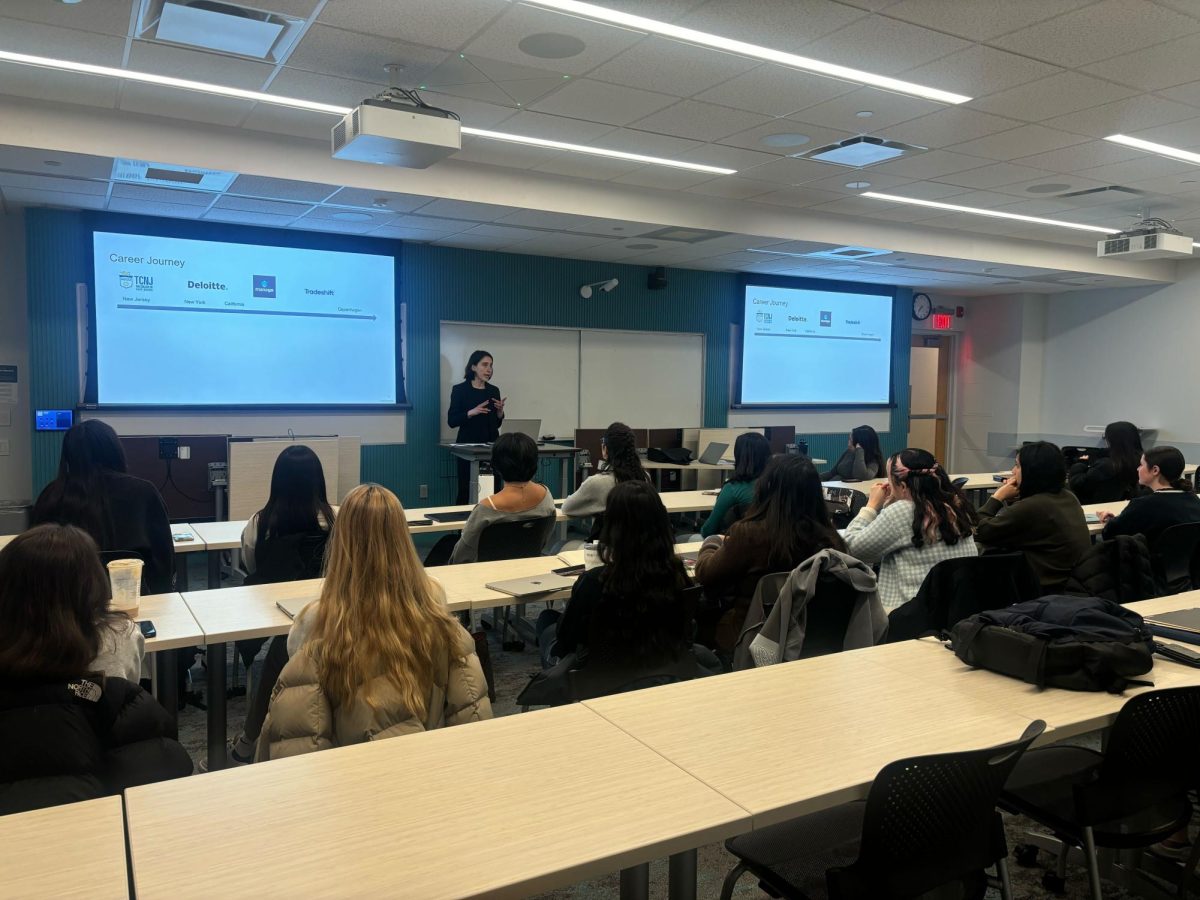By Marc Larocque
A rash of recent graffiti incidents has riled an anti-vandalism voice in the Mission Hill community.
“It seems to have started up again,” said Bob Francis, a regular participant in the Mission Hill Crime Committee. “As a matter of fact, [on Sunday], someone came on Tremont Street and tagged a lot of the brick buildings near the Mission Church.”
Francis, as he does regularly, reported the locations of the “tags” to the city’s constituency services. For Francis, this is just one component to a “personal crusade to clean up graffiti” he commenced three years ago, he said.
Francis said effective advocacy for graffiti prevention and removal takes independent effort.
He knows from experience. For instance, he created a photo catalogue of more than 100 tags stemming from TEL, a Mission Hill-based graffiti artist, who was arrested and subsequently connected to the photographs last year.
TEL spray painted the symbol of a ghost, Francis said, probably “because he liked skulking around at night.” Francis said his frustration with the chronic vandal climaxed when TEL wrote “WAR!” on a mail box.
“Then I found out he lives in the house I grew up in,” Francis said. “He was destroying my community.”
Boston spends about $400,000 each year removing graffiti through the “Wipe It Clean” program, Mike Bartosiak, the city’s “Graffiti Buster,” told The News last summer.
Now TEL, whose name is Andrew White, is a convicted felon and was ordered to pay the Community Alliance of Mission Hill and Wentworth Institute of Technology a total of $60,000, Francis said. So far, he has paid $30, Francis said.
“If it weren’t for people like myself working on this problem nothing would be done,” Francis said.
Francis and his allies have recently seen some fruition in their fight against graffiti.
On Friday, White was taken to court for a probation hearing, which Francis attended to suggest a payment plan for White’s fine. Last month Francis and other community members were sent a message from police, informing them of the arrest of persistent taggers.
“Jamaicia Plain officers arrested one of the state’s most prolific vandals” said Boston police officer William Kelley, in a message to members of the community. The tagger goes by the moniker JIVE, Kelley said.
JIVE was found with two other taggers, FEST and CHEF, Kelley said. JIVE and CHEF, like many who practice graffiti in Boston, are not from the area.
FEST was their Boston connection, and is from Jamaica Plain, he said.
They were tagging the rear of the former Bikes Not Bombs building at 71 Amory St. when caught, Kelley said. JIVE was held in jail on $5,000 bail.
Some Northeastern students, however, take a more accepting stance on graffiti than Francis — and even liken the illegal activity to an artform.
“Graffiti is a varied form of communication that can be used effectively to tell a story,” said Jordan Orelli, a junior majoring in computer engineering.
He said graffiti can be used to “make a point about the world we live in, put up some beautiful art, mark your territory or defy authority.”








